The wildflowers of Coll are wonderful of course – but the abundance and diversity of its orchids in particular is something which visitors are regularly wowed by. So I thought it might be handy to provide a quick and easy guide to what you can find where. There are 12 different types of orchid that you’re likely to come across while walking on Coll. Thankfully, each tends to favour either the machair (on the sand dunes) or the moorland, so you only really have 5-6 to worry about in each habitat.
We’ll start with the machair species and come back to the moorland ones in a later post.
The first orchids on the machair thrive in the low-lying dune slacks, which have been knee-deep in water all winter. As the waters recede during May, Early Marsh Orchids appear in their thousands. They are squat little orchids with strongly keeled leaves and fat spikes of small flowers. There are two typical forms on Coll: the standard form (var incarnata), which has a salmony-pink flower, and the brick-red form (var coccinea). They keep flowering until late June.
If you look closely at an individual Early Marsh Orchid flower, you’ll see that it has two distinctive features: the lower lip on the flower folds back to each side, as if creased down the middle, and the side bracts are held erect above the hood, like an angel’s wings. Don’t be afraid to handle them in order to get a good look – they can take it!

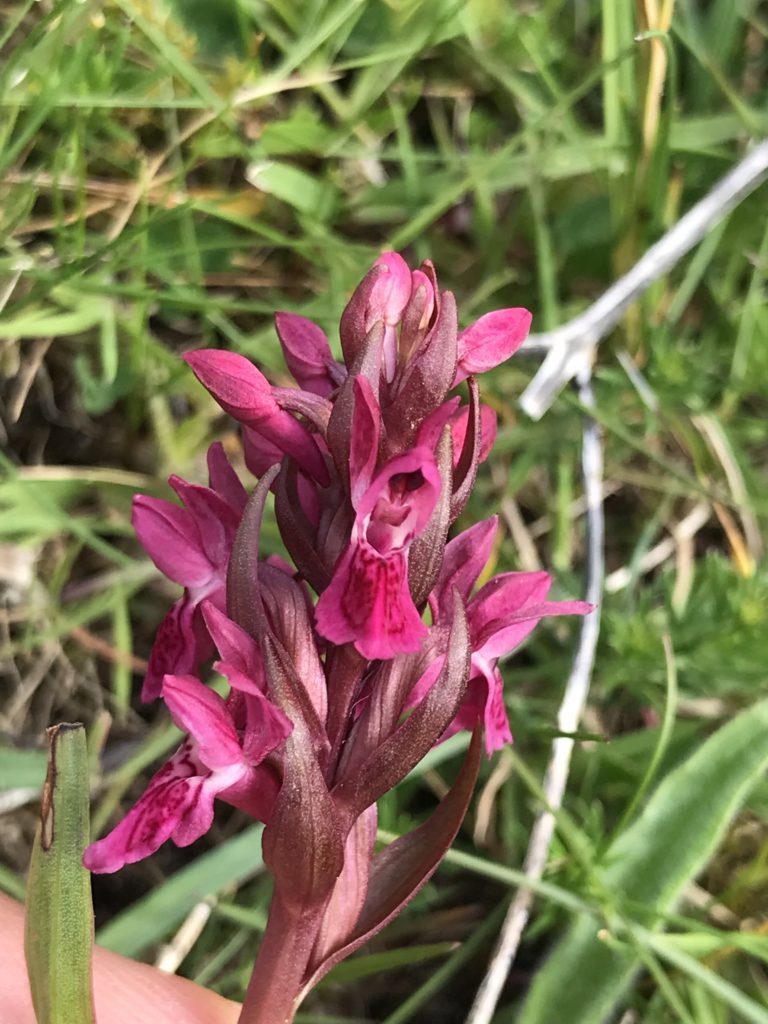
Later, in the early summer, the Early Marsh Orchids in the dune slacks are joined by the Hebridean form of the Common Spotted Orchid. This is taller and more leggy than the last, with spotted leaves, a more elongated flower-spike and pink flowers bearing a distinctive three-lobed lower lip and dark-pink doodles.
But watch out! Not only does the Common Spotted Orchid sow confusion by appearing frequently on the moorlands as well as well as on the machair; but it also hybridises liberally with other orchid species creating a confusing array of intermediate forms.

Let’s now climb up out of the dune slacks and take a look on the dry sandy tops of the dunes – where the Bloody Cranesbill and Marram grass proliferates. Here we’ll find our next two orchid species.
The first is very obvious – like a barbie-pink pom-pom on a pale green stick! This is the Pyramidal Orchid with its tight, globular flower-spike (it only really resembles a pyramid before the flowers open). The individual flowers are quite tiny and relatively simple with a very distinctive trident-like lower lip. The Pyramidal Orchid emerges in late May and flowers through June and early July (though we’ve seen it in full bloom in September in sheltered spots). It typically stands taller than the surrounding vegetation. Think ‘bubble-gum lollipop’ and you’ll know what you’re looking for!

(c)WildSmiths 2022
The other orchid up here on the dune tops is far more discreet though. It’s a hands-and-knees job, I’m afraid. The Frog Orchid forms a small rosette of unspotted leaves hugging the ground and a short spike of bronzey-green flowers. It favours the short, tight swards where sheep and rabbits have cropped the grasses. The individual flowers have a small, round, bulbous ‘helmet’ with a long tongue dangling below. This ‘homunculus’ is supposedly the frog-like bit – a ‘ranunculus’ perhaps?! (That’s a geeky amphibio-botanical joke – sorry!) It flowers a little later than the Pyramidals but once it’s started, it keeps going to the end of September.
Even when you’ve found it, you’re not sure that it’s an orchid at all. But once you’ve seen one, you might notice another nearby, and then a third, and before you know it you’re surrounded by them.
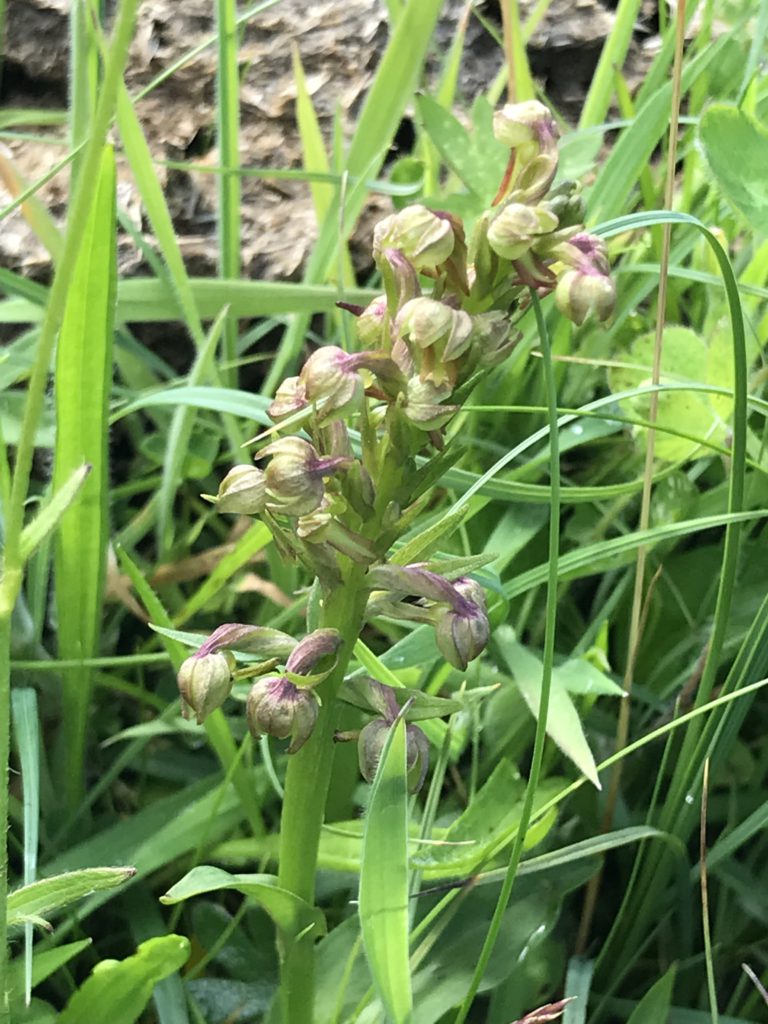
The last and least common of our machair orchids is similarly difficult to spot but rather than being tiny, like the Frog Orchid, the Common Twayblade hides in plain sight.
Up to two feet tall, with a pair of large, round leaves about a third of the way up the stem, I’m always surprised by how difficult this orchid is to spot. It’s another one with greeny-bronze, homunculus-like flowers, this time in a long drawn-out spike. We found quite a patch of them in the Totronald bents during the summer, but only after an exacting search. They’ll be in flower through to the end of July.
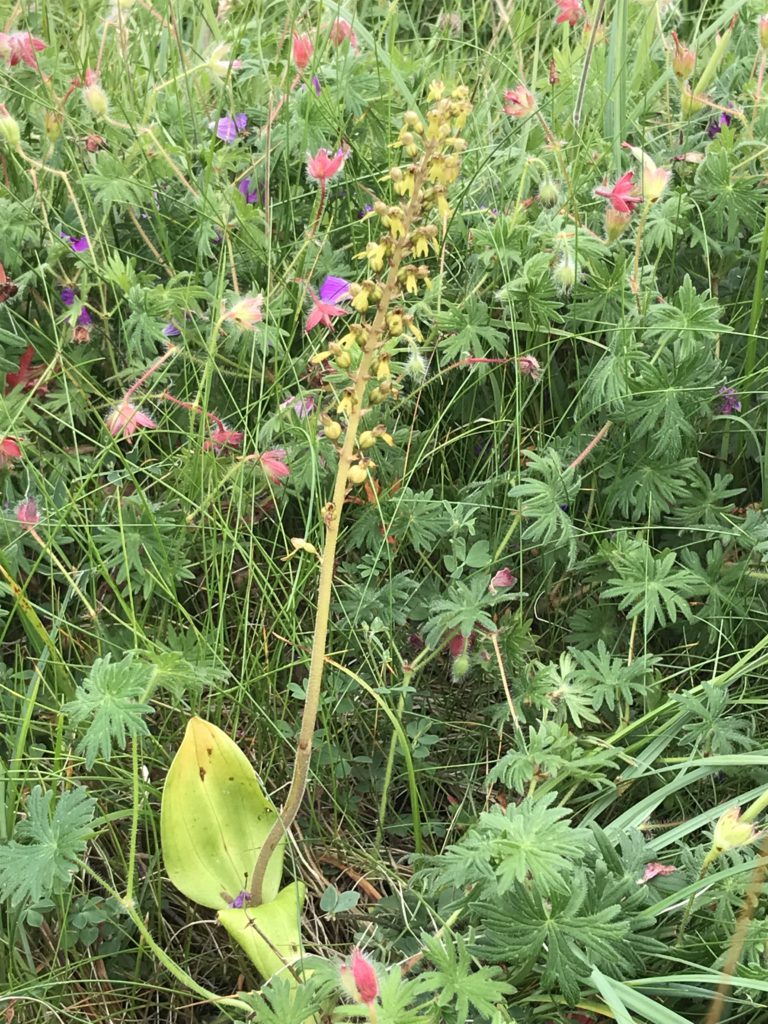
So there you have it. A first look at the wonderful world of orchids on Coll. We’ll come back later in the week with part 2 – the moorland orchids.
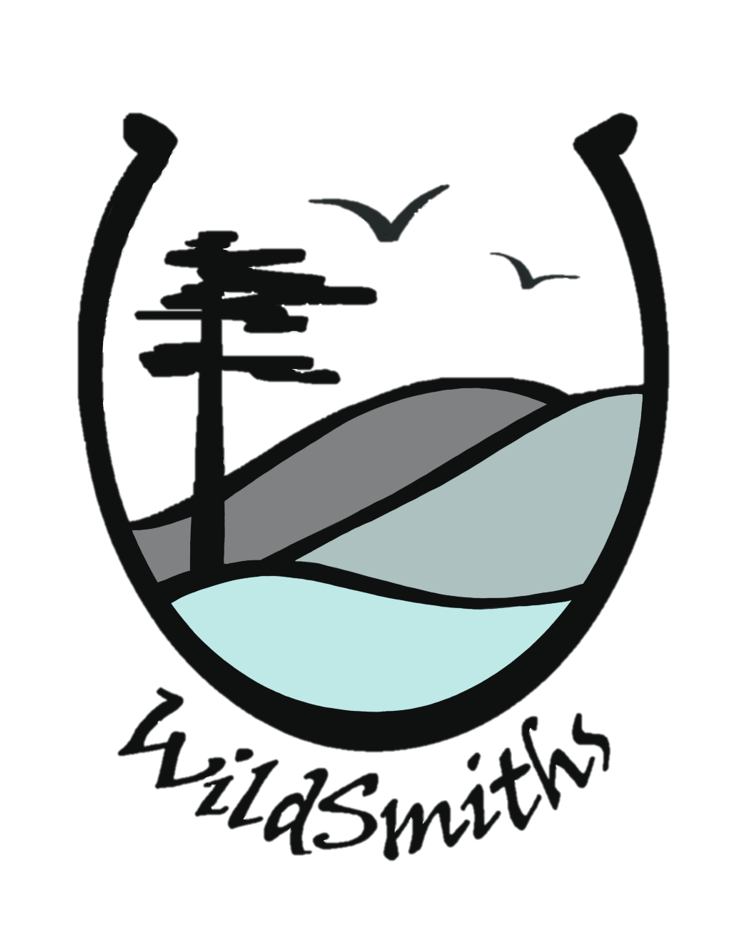

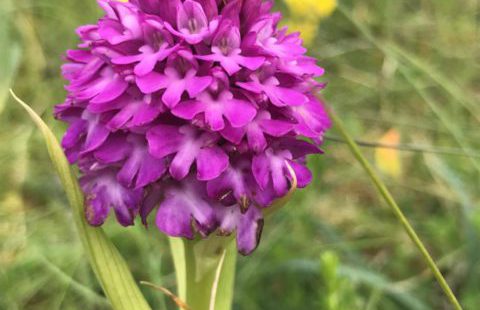
Very helpful. Thank you!
Donna Glee, at the New Castle
Hi Donna – I don’t visit the insides of my website very often! However I did today and I’ve just seen your comment from back in June on my orchid blog. You’re very welcome!! Apologies for not replying sooner… All best regards Greg